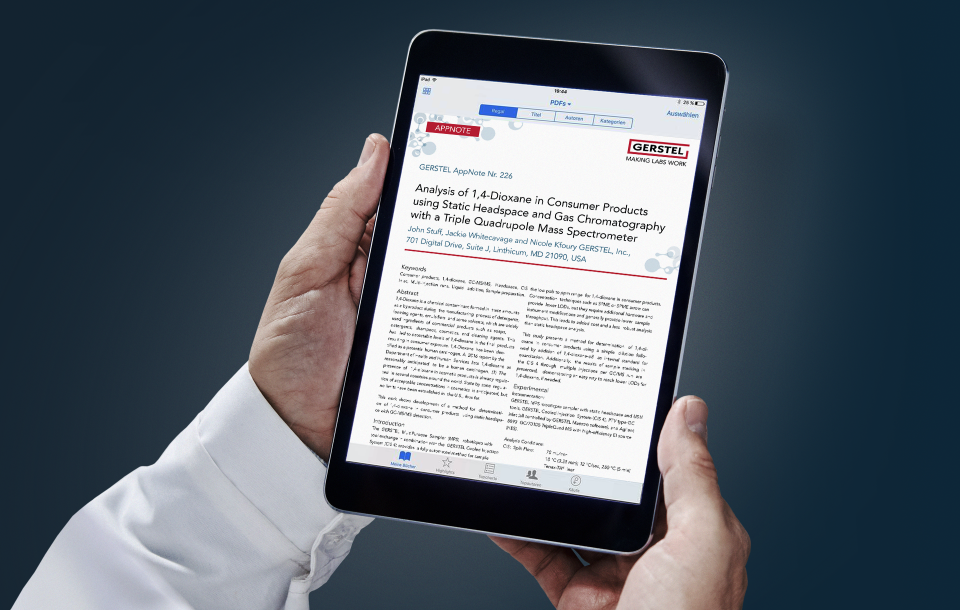Stir Bar Sorptive Extraction (SBSE) coupled with gas chromatography-mass spectrometry and olfactory detection (GC-MS/O) allows for separation and identifi cation of aroma compounds in complex sample matrices with minimal sample preparation time.
Plastics, micro- and nanoplastics pollution in oceans, lakes and other water sources is a well-documented issue. Uptake of these particles by shellfish and fish is one avenue for the pollutants to enter the food chain and cause possible adverse effects.
The manual preparation of calibration standards and QC samples is part of the daily activities of laboratories that analyze food samples for contaminants. The accurate and precise transfer of liquid standards and solutions is critical for ensuring the validity of the analytical results.
The number of cannabis containing products, such as extracts, tinctures, edibles, waxes and oils, available in the United States have increased significantly due to changes in state law and the 2018 Farm Bill.
The number of cannabis containing products, such as extracts, tinctures, edibles, waxes and oils, available in the United States has increased significantly due to changes in state law and the 2018 Farm Bill.
The manual transfer of liquid samples is part of daily activities throughout the analytical laboratory. The accurate and precise transfer of liquid samples can be critical to the analytical results. Liquid samples with high viscosities pose several challenges to achieving accurate and precise delivery of desired volumes.
The in vitro metabolic stability of potential drug candidates is routinely examined at an early stage of drug discovery. Metabolic stability is a simple, well-established screening technique used to predict the in vivo hepatic clearance of a drug based on due to metabolism.
Direct thermal extraction (DTE) is a thermal desorption technique in which a small amount of sample, typically 10-50 mg, is placed in an empty fritted thermal desorption tube or into a small vial (μ-vial) within an empty thermal desorption tube.
Antibiotics are a class of antimicrobial veterinary drugs widely used to control disease in food producing animals including egg laying chickens. However, antibiotics can migrate into and accumulate in the egg of the chicken being treated.
This study describes the use of the GERSTEL MultiPurpose Sampler (MPS) fitted with a Thermal Desorption Unit (TDU) and a Cooled Injection System (CIS 4) PTV-type Inlet for the automated direct thermal extraction analysis of packaging for three different brands of crème-filled chocolate...
Pagination
- Previous page
- Page 8
- Next page
